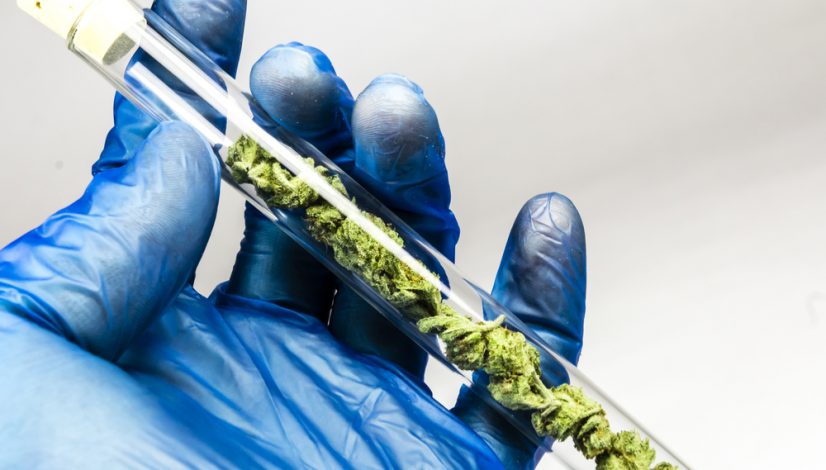What Is THC (Tetrahydrocannabinol) And What Does It Do?
The post What Is THC (Tetrahydrocannabinol) And What Does It Do? appeared first on High Times.
Throughout its life, a cannabis plant will produce more than 400 different chemical compounds. But the presence of just one of those hundreds of compounds has sealed cannabis’ fate for nearly a century, making it one of the most persecuted plants on the planet. And all because this one compound happens to interact with the human body in such a way as to produce a complex signature of effects—a “high” unlike any other. Its name is THC. What is THC and what does THC stand for? Tetrahydrocannabinol. More importantly, what does THC do to the brain?
THC is one of the 113 chemical compounds found only in the plant genus Cannabis, which scientists call cannabinoids. THC, however, is unique among all the rest for one, massively important reason: it’s the most potently psychoactive.
But exactly what is THC, and why does it produce the wide range of pleasurable (and sometimes not-so-pleasing) effects it does? What does THC do to the brain? How does it affect the body? Is it safe, or as dangerous as heroin, like the federal government says?
Decades of unanswered questions, confusion, and misinformation have distorted the public’s understanding of cannabis and the psychoactive cannabinoid that has made it the most popular illicit drug in the world.
This comprehensive guide to THC aims to set the record straight. In addition to essential information about THC, we focus in on the importance of the cannabinoid for recreational and medical users, survey the current research on the drug, and share our thoughts about what the future holds for tetrahydrocannabinol.
THC 101: The Fundamentals Of Tetrahydrocannabinol
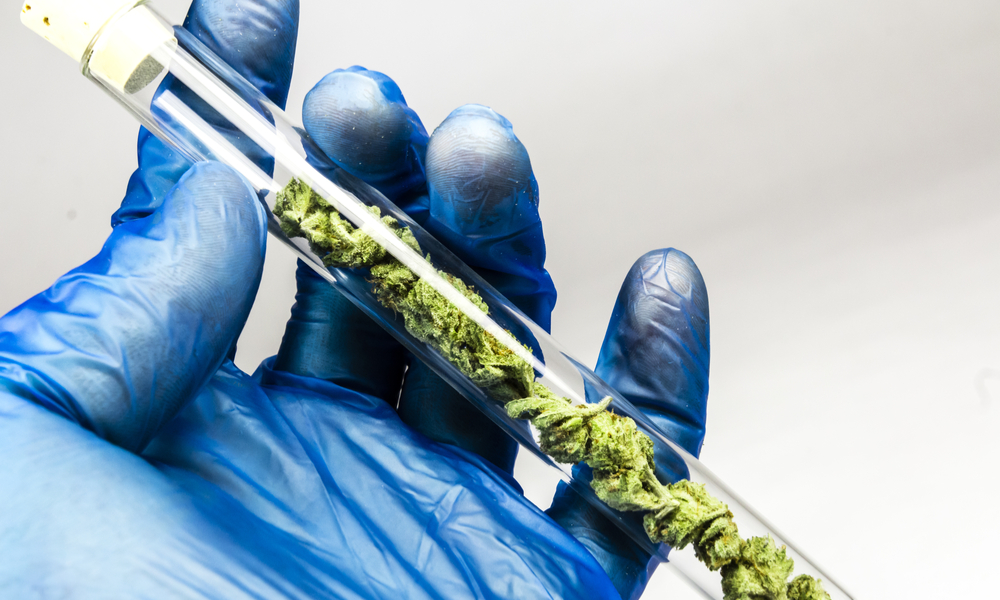
Let’s start with the basics: what is THC and what does THC stand for?
THC is an acronym for the unwieldy and eight-syllable full name of the chemical compound in weed that makes you high. Tetrahydrocannabinol. Its chemical name is (–)-trans-delta 9-tetrahydrocannabinol if you want to get really technical.
The word is imposing at first, but with a little practice, you’ll find it rolls off the tongue. Its elegance is in its meter, three trochees followed by an iambic flourish. TE-tra-HY-dro-CAN-na-bin-OL. See? Easy!
Now that you sound like an expert, let’s actually make you into one. Here’s your fundamental fact sheet about THC.
delta-9 Tetrahydrocannabinol Is Psychoactive
For most people, psychoactivity is as awesome as it sounds. The word refers to the way THC stimulates or “activates” specific psychological responses generally, but not always, associated with euphoria. In short, THC is psychoactive because it affects the mind.
Of course, the mind and body are connected, and therefore the psychoactive effects of cannabis are both psychological and physiological.
We have the pioneering scientist Dr. Allyn Howlett to thank for making the discovery that showed us why. In 1988, she uncovered where and how THC was attaching to the brain. In short, she discovered the secret link between tetrahydrocannabinol and the human endocannabinoid system (ECS).
THC And The Endocannabinoid System: The Secret To Why You’re High
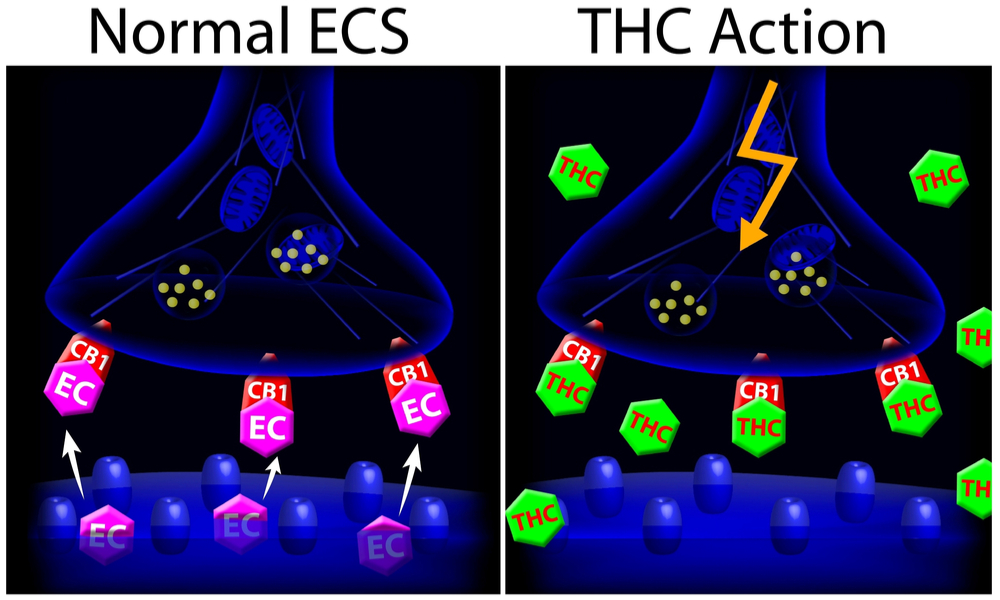
Tetrahydrocannabinol? Endocannabinoid system? Understanding the biochemistry of cannabis definitely requires picking up some new vocabulary. But they’re key to understanding what THC is and how it affects us.
In fact, the key makes a good explanatory metaphor. The ECS is like a vast system of locks, or chemical receptors, and keys, the chemicals that bind to them. Some keys only work on a specific lock. Other keys fit in multiple locks. The human body has evolved to produce its own keys, or “endogenous cannabinoids,” for those locks.
If you’re a runner, you already know all about this. That runner’s high you crave is caused by anandamide (the key) binding with cannabinoid receptors (the locks) in your nervous system. Anandamide is THC’s endogenous equivalent. Now that’s getting high on your own supply!
Amazingly, the cannabinoids the cannabis plant produces happen to bind to those same receptors. They’re keys from nature that fit the locks in our ECS. That doesn’t mean humans evolved for cannabis, however. Rather, humans have taken advantage of the fact for enjoyment and health. And we’ve been doing it for millennia.
What Does THC Do To The Brain?
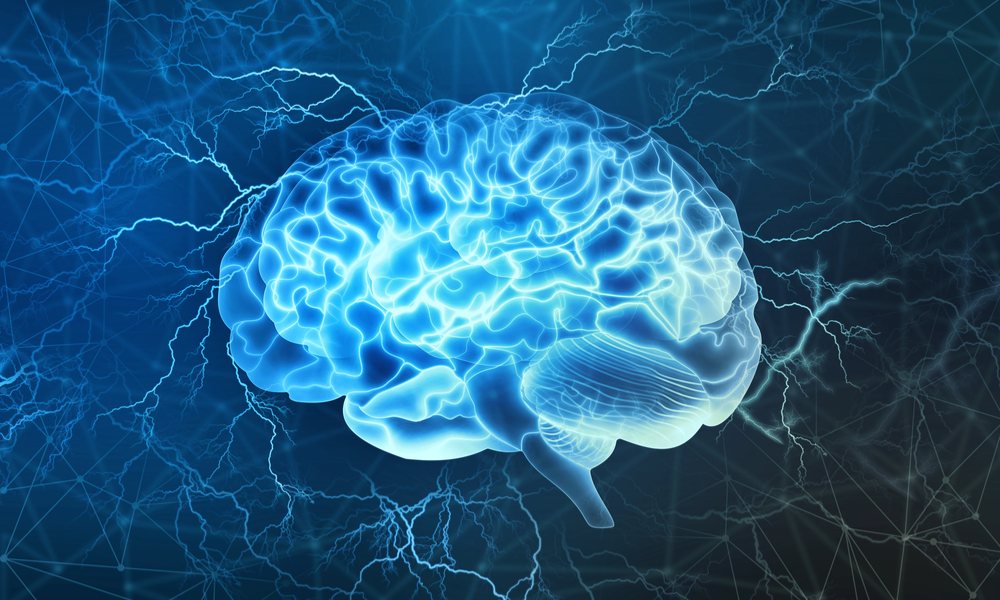
When you consume cannabis, you introduce its cannabinoids into your body. Once inside, they’re metabolized and enter the bloodstream. From there, they bind to receptors CB1 and CB2, which are concentrated in the brain and central nervous system.
Astonishingly, there are 10 times more CB1 receptors in the brain than μ-opioid receptors, which are responsible for the effects of morphine. CB2 receptors hang out exclusively on the cells of the immune system. For that reason, cannabis has significant medicinal applications, in addition to its more popular recreational uses.
So what does THC do to the brain? THC isn’t the only cannabinoid that can bind to CB1 and CB2 receptors. But when it does, the ECS stimulates the release of dopamine in the brain, creating a sense of euphoria and relaxation. In short, a high.
How THC Gets You High
CB1 receptors throughout the brain and nervous system modulate movement, memory, cognition, sensory perceptions, and even time perception. According to NIDA, tetrahydrocannabinol “over activates” the functions typically regulated by the ECS, like mood, appetite, cognition, and perception.
Ultimately, it’s the sum total of all of these changes that creates the overall sensation we love to call “being high”. And it accounts for why everyone’s high is unique, and why highs can vary from buzzed to baked to way, way too high. There are just so many factors at play. Changes that feel good to someone might make someone else feel uncomfortable.
Then, there are the more mysterious effects of delta-9-THC on the brain. Remember anandamide, our body’s own version of THC? Researchers believe anandamide may have something to do with our brain’s ability to forget.
At first glance, this fact seems to confirm the oft-cited concern that cannabis use reduces short-term memory capabilities. Yet the power to forget can be incredibly beneficial for those suffering from traumatic memories, like people with PTSD. Hence the promising findings that tetrahydrocannabinol can treat a range of psychological disorders related to trauma.
What Does Tetrahydrocannabinol Do To The Body?
THC doesn’t just bind to receptors in your brain. Their network extends throughout the body. Most of the bodily sensations you experience when you consume cannabis are actually the result of changes in your brain. But cannabinoids can also act on ECS receptors all through the body, creating a range of beneficial effects.
Importantly, there are receptors in the immune system, which is why THC can act as a powerful anti-inflammatory, but can also reduce the immune system’s effectiveness.
In the digestive tract, THC can stimulate the release of the “hunger hormone” ghrelin and help ease nausea. A little morsel of cannabis history: despite prohibition, the FDA has approved a synthetic form of THC as an appetite stimulant and an antiemetic for AIDS and chemotherapy patients.
There are even CB2 receptors in our skin. Cannabis topical creams are quickly becoming popular as pain relievers and skincare products. The ability to absorb THC into the skin means people can use the cannabinoid for therapeutic benefits without the psychotropic effects.
The Medicinal Benefits Of Tetrahydrocannabinol

Since THC has become synonymous with marijuana in our everyday lexicon, it can be easy to overlook or discount the medicinal benefits of the cannabinoid. And while it’s true that the chemical is highly prized by recreational users, researchers continue to identify innovative ways to use it as a medicine.
Anti-Inflammatory
We’ve already mentioned how THC affects the body’s immune system: it’s a powerful anti-inflammatory drug. Inflammation is an underlying factor that contributes to or complicates a wide range of diseases, which means tetrahydrocannabinol has a role to play in treating all of them.
From autoimmune diseases to neuro-degenerative disorders like multiple sclerosis to depression, cannabis has demonstrated its potency as a therapeutic treatment.
Cancer
The potential to use cannabis as part of a cancer treatment is one of the most promising—and most overstated—of THC’s benefits. It’s far more likely that a physician will prescribe cannabis as a treatment for the harsh side-effects of cancer treatments like chemotherapy and radiation.
However, studies are beginning to identify the “cancer-killing” properties of tetrahydrocannabinol. According to researchers who’ve investigated the effects of cannabis on tumors in animals, THC can cause cancer cells to eat themselves. The results are incredible: shrunken tumors and a reduction in the prevalence of cancer cells.
Mood Disorders
In addition to helping people with PTSD process and forget traumatic memory associations, tetrahydrocannabinol’s short-term effects can improve mood disorders like depression and anxiety. Some have even suggested THC can help people with ADHD.
There is somewhat of a double-edged sword to using THC as a mood disorder treatment, though. Some studies have found that long-term effects of cannabis use can hasten the onset of certain psychological disorders. If you’re more prone to schizophrenia or psychosis, regular cannabis use can make you more vulnerable to those symptoms.
Chronic Pain
One of the most popular medical uses for THC is as a pain-reliever. And compared to the dangerous and addictive opioids that are flooding the pharmaceutical market in the United States, cannabis is incredibly safe.
From temporary muscle soreness to constant neuropathic pain, THC’s ability to reduce information and stimulate the release of dopamine—just like opioids—make it such a powerful medicine for treating pain and related symptoms.
Sleep Disorders
Inducing euphoria and relaxation, two effects associated with THC’s recreational use, are also helpful for treating sleep disorders. Around 1 out of every 3 people experience some form of insomnia. And while prescription sleep aids can help in the short term, they’re ineffective and sometimes dangerous with long-term use.
But the old cliche of the “midnight toker” has emerged for exactly this reason. Cannabis relaxes both mind and body. Certain strains, traditionally indicas, have stronger sedative effects than others.
Digestive Disorders
Even the FDA has recognized THC’s ability to soothe pain and reduce nausea and other symptoms related to gastrointestinal distress. Thanks to endocannabinoid receptors in the digestive tract, cannabis can help folks suffering from severe GI-tract diseases like Crohn’s and irritable bowel syndrome.
This list of the medical benefits of tetrahydrocannabinol is impressive. And as barriers to research crumble, it will only continue to get longer.
THC And Recreational Cannabis Use

Despite its medicinal properties, THC’s claim to fame (and infamy) is the euphoric high it produces. Recreational use of marijuana is all about dialing in the perfect ratio of effects for each individual. And the recreational market, especially where it’s above ground, continues to develop new and innovative ways of getting high.
Whether it’s new strains boasting previous unheard of THC concentrations, new devices for obtaining and consuming cannabis concentrates, or new techniques for produces the highest quality edibles, the recreational market is no doubt one of the most exciting emerging horizons in the cannabis industry worldwide.
At the moment, no trend dominates the recreational cannabis scene more than concentrates. So what is THC concentrate?
THC Concentrates And The Brave New World Of Dabbing
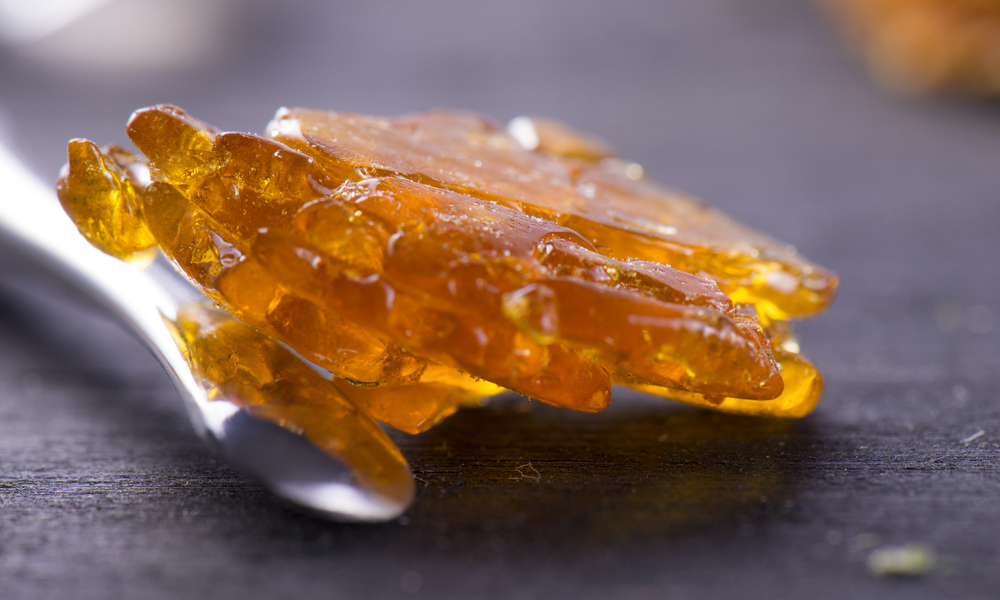
There are a few methods for extracting cannabinoids from the herbaceous matter of dried cannabis flowers. Some are safer than others. But the objective for each of them is the same: extract the maximum amount of cannabinoids and terpenes from the cannabis plant.
Butane, CO2 and alcohol extraction methods each have their own merits. And each is able to produce cannabis concentrates with THC concentration levels around 90 percent or higher. Compare that to the average of 25-30 percent THC boasted by the most potent cannabis strains, and you can see why concentrates have become so popular among recreational users.
In final form, concentrates are rich and flavorful substances with an amber color and sticky, gooey texture. They can be consumed purely, or mixed with edible waxes, oils and tinctures in the forms of beverages and tasty treats.
One method of consuming concentrates, however, has catapulted to popularity among recreational users: dabbing. Dabbing is the process of super-heating a glass or metallic element, placing a dab of concentrate on it, and inhaling the ensuing vapors.
Concentrate extraction removes all the bitter plant matter from the cannabis. Yet it maintains the presence of the plant terpenes that give cannabis its taste and smell. Hence, the experience of dabbing, or inhaling the vapor of sublimated concentrates, provides incomparably rich flavors compared to just smoking flowers.
Cannabis Strains With The Highest Concentration Of Tetrahydrocannabinol
Dabbing affords recreational users a massive dose of tetrahydrocannabinol, far greater than any herbaceous cannabis could provide. In other words, dabbing will make you higher than you ever thought possible, and certainly higher than you could get otherwise.
Yet for some, inhaling vapors with upwards of 90 percent tetrahydrocannabinol creates too strong of an effect. This can tip the euphoria of a good high into the anxiousness of a bad one. In that case, recreational users seek out strains with high THC concentrations. Here are some of the most potent THC-dominant strains around.
- Godfather OG // Indica // 34.04 percent THC
- Super Glue // Hybrid // 32.14 percent THC
- Strawberry Banana // Hybrid // 31.62 percent THC
- Venom OG Kush // Indica // 31.04 percent THC
As you may have noticed, the prevalence of the “OG” moniker reveals that these “ocean grown” strains hail from the California region. With an ideal climate and the most established breeding and cultivation programs, the strongest cannabis strains in the world come from sunny CA.
Fire It Up! Why You Need Heat To Enjoy THC

Since we’ve taken a good look at the recreational dimensions of tetrahydrocannabinol, now’s a good time to mention a very important fact about consuming THC.
In it’s “raw form,” tetrahydrocannabinol is totally inert and will do nothing for you. Again, the form in which tetrahydrocannabinol manifests in cannabis plants is inactive. If you ate a handful of dried cannabis flowers, you wouldn’t get high. But you would have a stomach ache trying to digest the plant fibers! You need heat to make tetrahydrocannabinol work!
So what does THC do when you apply heat to it.
Technically speaking, the cannabinoid that appears in cannabis is THCA. The “A” designates its acidic form. It takes heat to convert THCA to the psychoactive delta-9 tetrahydrocannabinol. That’s why you have to apply a flame to dried cannabis. Not just to combust the buds to produce smoke to inhale, but to actually activate the THC.
That activation process is called decarboxylation, or “decarb” for short. Decarbing your cannabis is an absolutely indispensable step when making edibles. Without it, you’re just eating a bunch of raw THCA.
But heating THC to the point of decarboxylation is challenging. It’s too easy to apply too much heat, which results in boiling off the tetrahydrocannabinol completely. Not good!
What The Future Holds For THC
While breeders continue to craft strains with record-breaking tetrahydrocannabinol concentrations, THC’s future is undeniably in the realm of concentrates.
In fact, one of the most important realizations to come out of dabbing culture has profound implications for the future of cannabis in general. The “entourage effect” refers to the synergistic interactions between tetrahydrocannabinol, terpenes, and other cannabinoids. Concentrate production keeps these compounds intact. And that means you don’t just inhale pure THC vapor, but vapor consisting of all of those chemicals combined.
One thing we know is that on its own, THC’s effects are is kind of a “directionless.” There’s no way to determine where, how, or how much it will interact with various parts of the ECS.
It seems that terpenes, however, which are basically the plants’ essential oils, aren’t just there for smell and taste. They also seem to act as guard rails, allowing users to “steer” THC into different chemical pathways and thus, produce different effects.
Knowledge about these interactions is still in its infancy. But recreational users, not researchers, are paving the way by experimenting with different terpene profiles and cannabinoid concentrations. And the demand they’re causing for concentrates is responsible for many of the recent innovations in extraction and vaping techniques.
Final Hit: What Is THC (Tetrahydrocannabinol) And What Does THC Do?
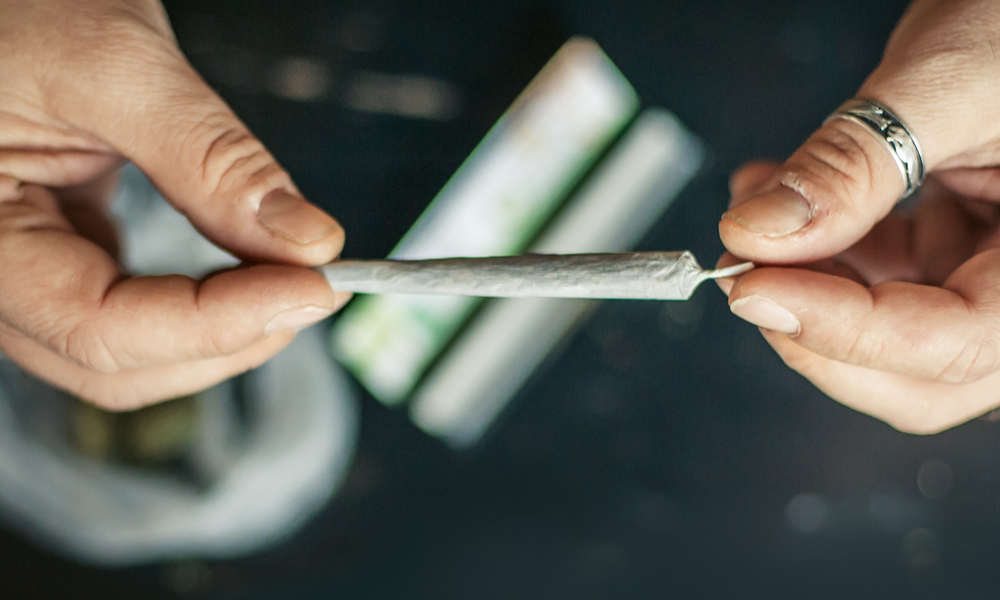
Congratulations on reaching the end of this comprehensive guide to the fundamentals of tetrahydrocannabinol, what it is, and what it does. It’s safe to say you’re now a well-informed expert on the subject!
Throughout this guide, we’ve tackled the questions, issues, and trends that matter most. We began with the basics: what does THC stand for. And we’ve dove deep into the multifaceted answers to the question, what does THC do to the brain and the body? We’ve looked at the importance of tetrahydrocannabinol for medical cannabis patients. And we’ve taken a close look at the exciting trends in the recreational scene.
Our hope is that, for new or veteran cannabis users, the simply curious, and everyone in between, this guide will help you seek out and find the cannabis products that will craft the best experience for you. Enjoy!
The post What Is THC (Tetrahydrocannabinol) And What Does It Do? appeared first on High Times.

